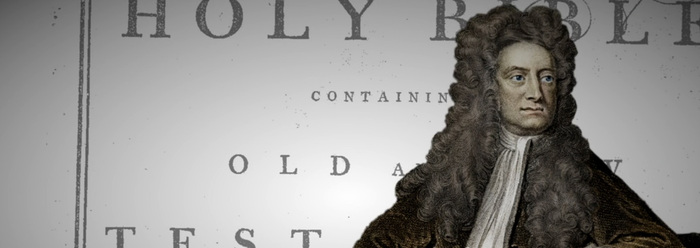Although creation-based organizations have reported for over a decade on the technical scientific journal articles published about soft tissue found inside dinosaur remains, mainstream media outlets have largely been silent on the subject. But a recent segment that aired on CBS’s 60 Minutes finally broke the news to a broader audience. The soft tissue issue may be gaining more traction, and even “may be changing the whole dino ballgame,” according to correspondent Lesley Stahl.1
The program is currently viewable online at the CBS website. In a field test demonstration to determine whether a dinosaur fossil was real bone, and not bone replaced by minerals, Stahl touched her tongue to it. It stuck like Velcro. She then asked paleontologist Mary Schweitzer, “This is 80 million years old and it can do that?” “Yes,” Schweitzer said confidently.
In demonstrating that dinosaur bones still somehow contained soft, bendable tissues after all these eons, Schweitzer and her former mentor Jack Horner have been subjected to “one of the biggest controversies paleontology has seen in years.”1
This resulted from Schweitzer’s unexpected discovery in 2000 of “elastic, like living tissue” from inside the femur of a recently excavated Tyrannosaurus fossil nicknamed “B. rex.” 60 Minutes reported, “It looked like the soft tissue she would have expected to find if it had been modern bone. This was impossible. This bone was 68 million years old!” The report replayed some of the original video of the tissues taken in 2000. “They were there. Things that looked suspiciously like flexible, transparent blood vessels.”1
Stahl stated that “being a fossil, there should have been nothing left. But there was.” Thus, “blood vessels, and even what seemed to be intact cells, pose a radical challenge to the existing rules of science―that organic material can’t possibly survive even a million years, let alone 68 million.”1
But it is not some arbitrary “rule of science” that dictates that flesh usually rots quickly. It is extremely well established by common observation, as well as by decades of easily repeatable experiments, such as those measuring protein decay that occurs in mere days.2 Instead, the “science” being challenged is perhaps the deep-time evolutionary dogma that remains widely held despite contradictory evidence.3
When Schweitzer’s work was originally published in the journal Science, it was greeted with more than just skepticism.4 Her laboratory was suspected of accidentally contaminating the samples, or worse. But her original findings were firmly established when her team—after taking great pains to prevent contamination or spoiling of specimens from the field to the lab—found even more soft dinosaur tissue, this time in another species, that was verified by a third party.5
Viewing “80-million-year-old” hadrosaur tissue through a microscope, Stahl asked, “Is that a blood vessel?” Schweitzer replied, “This is a blood vessel. Do you see the branches right there? And look at all of them.”1 But even with the evidence in front of their eyes, and despite their own incredulity, the two still accepted the story that organic remnants that should have rotted long ago had somehow been preserved for longer than many current species have supposedly existed on earth.
By removing the unscientific interpretive filter of “millions of years” placed on it, the conundrum created by this soft evidence evaporates. If these dinosaurs were buried during a recent and major watery catastrophe, then the discovery of their still-soft tissues is much easier to explain.6
References
- B-Rex. 60 Minutes. Aired on CBS November 15, 2009. Accessed online on November 19, 2009.
- Bada, J. L., X. S. Wang, and H. Hamilton. 1999. Preservation of key biomolecules in the fossil record: current knowledge and future challenges. Philosophical Transactions of the Royal Society B: Biological Sciences. 354 (1379): 77-87.
- Humphries, D. R. 2005. Evidence for a Young World. Acts & Facts. 34 (6).
- These include Schweitzer, M. H. et al. 2005. Soft-Tissue Vessels and Cellular Preservation in Tyrannosaurus rex. Science. 307 (5717): 1952; Schweitzer, M. H. et al. 2007. Analysis of Soft Tissue from Tyrannosaurus rex Suggest the Presence of Protein. Science. 316 (5822): 277; Asara, J. M. et al. 2007. Protein Sequences from Mastodon and Tyrannosaurus Rex Revealed by Mass Spectrometry. Science. 316 (5822): 280.
- Schweitzer, M. H. et al. 2009. Biomolecular Characterization and Protein Sequences of the Campanian Hadrosaur B. Canadensis. Science. 324 (5927): 626-631.
- Thomas, B. Dinosaur Soft Tissues: They're Real! ICR News. Posted on icr.org August 11, 2009, accessed December 1, 2009.
* Mr. Thomas is Science Writer at the Institute for Creation Research.
Article posted on December 2, 2009.

























